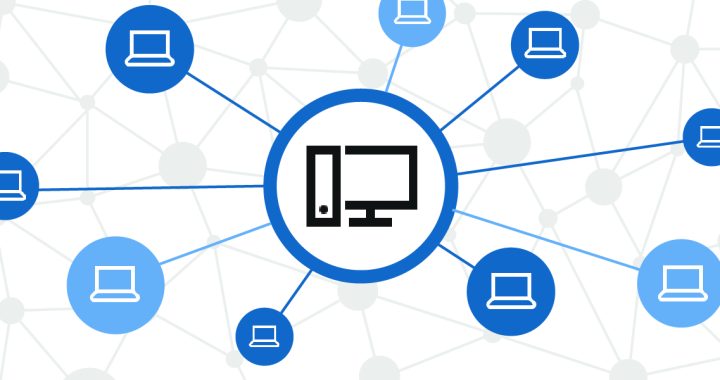Businesses are increasingly becoming more vulnerable to cyber-attacks as they rely more on technology. One of the most effective ways to counter such threats on our networks is by implementing robust segmentation strategies.
- Compartmentalize Access for Enhanced Security: Network Segmentation allows businesses to divide their network into smaller, self-contained sections or segments. This approach offers multiple advantages by granting only necessary access rights to specific users or systems. It reduces the attack surface and makes it harder for hackers to move laterally within the network, leading to better overall security.
- Reduce Vulnerability: By restricting network access to specific parts of the infrastructure, businesses can minimize the potential impact of a successful cyber-attack. For instance, isolating sensitive data from less secure systems limits the spread of any malware or vulnerabilities, thereby preventing it from spreading throughout the entire network. This ultimately lowers the chances of a devastating breach and protects critical assets from being compromised.
- Streamline Incident Response: Network segmentation enables organizations to focus on addressing security issues within specific segments rather than dealing with broader network-wide incidents. This approach simplifies the response process and makes it easier for IT teams to contain threats, thus preventing them from spreading across the entire business infrastructure. In the event of a breach, isolated systems can be swiftly identified, quarantined, and restored, reducing downtime and mitigating financial losses.
- Ensure Regulatory Compliance: Many industries are governed by strict data protection laws, such as HIPAA in healthcare or GDPR in Europe. Network segmentation plays a vital role in enforcing these regulations by isolating sensitive data from other parts of the network and ensuring that only authorized users have access to it. This approach protects against data breaches and potential legal repercussions that come with non-compliance.
- Simplify Network Management: By breaking down large, complex networks into smaller manageable segments, businesses can streamline their network management processes. This makes it easier for IT professionals to monitor and control the security posture of each segment separately while ensuring consistent performance across the entire infrastructure.
In conclusion, network segmentation is an invaluable strategy for businesses seeking to protect their critical assets from cyber-attacks. By compartmentalizing access and isolating systems, enterprises can reduce vulnerability, minimize the impact of a potential breach, streamline incident response, ensure regulatory compliance, and simplify overall management.

